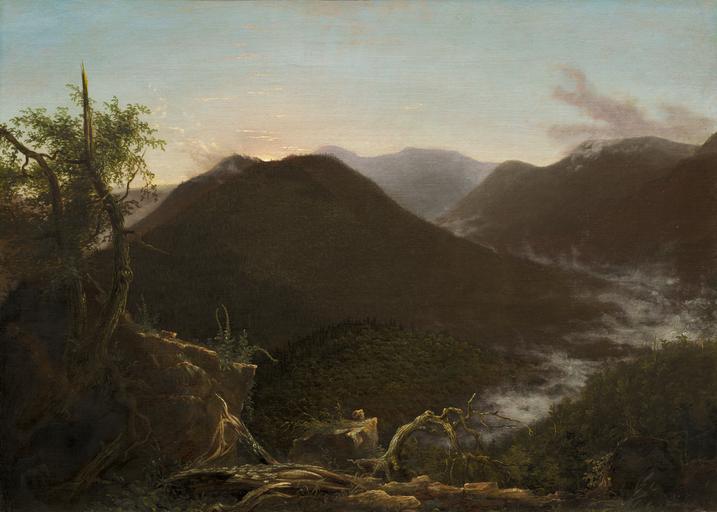Introduction
In an age where self-expression is often showcased through vibrant and ostentatious displays, the concept of faceless self-portraits emerges as a refreshing alternative. These artistic representations embrace anonymity, allowing the viewer to focus on emotion rather than identity. This article explores various faceless self portrait ideas, delving into the world of aesthetic self portrait photography while examining how this creative form fosters intrigue and mystery.
Through a journey across diverse techniques and styles, we will uncover how to channel your inner artist and create compelling pieces that resonate with viewers. From contemplative photography to abstract techniques, you'll discover the myriad ways to express yourself without revealing your face.
Faceless Self Portrait Ideas: Embracing Mystery and Intrigue in Art
Understanding Faceless Self Portraits
Faceless self-portraits are more than just images without faces; they are a conduit for exploring emotions, identity, and narrative. By eliminating facial features, artists invite viewers to engage with their work on a deeper level. The absence of recognizable traits opens up a dialogue about who we are beyond our physical appearances.
The Artistic Intent Behind Facelessness
What drives artists to create faceless portraits? Often, it's about challenging societal norms surrounding beauty and identity. By presenting themselves anonymously, artists can provoke thought around themes such as vulnerability, isolation, or freedom from social constructs.

Aesthetic Self Portrait Photography: The Intersection of Style and Emotion
In the realm of aesthetic photography, self-portraits take on a new life. With careful consideration of background elements, lighting, and composition, photographers can evoke powerful emotions without showing their faces.
Key Elements of Aesthetic Self Portraits
Lighting: The interplay of light and shadow can dramatically alter the mood of an image. Color Palette: Choosing colors that resonate with personal experiences adds depth. Composition: Arranging elements within the frame guides viewer attention effectively.Contemplative Photography: Finding Meaning Beyond the Surface
What is Contemplative Photography?

Contemplative photography invites us to slow down and observe our surroundings with intent. By engaging in this practice, photographers cultivate mindfulness—an essential element for creating profound art.
Tips for Capturing Contemplative Photos
- Be Present: Take time to absorb your environment before snapping a picture. Look for Details: Small details can convey broader themes when framed correctly. Emotional Connection: Choose subjects that resonate personally for authentic expression.
Exploring Abstract Techniques in Faceless Self-Portraits
Abstract self-portraiture allows artists to break free from traditional forms by utilizing shapes, colors, and textures instead of recognizable features. This creates an emotional resonance that transcends visual representation.
Methods for Creating Abstract Self Portrait Photography
Double Exposure: Layer multiple images to create complex narratives. Motion Blur: Capture movement to evoke feelings of dynamism or chaos. Silhouettes: Use backlighting to create striking outlines that suggest rather than show identity.Creating Aesthetic Colorful Portrait Photography
Vibrant colors can amplify emotional impact while maintaining anonymity in portraiture. Utilizing bold hues effectively creates striking visuals that captivate viewers' attention.
5 Tips for Using Color Effectively:
| Tip | Description | |-----|-------------| | 1 | Choose a color scheme that reflects your mood or theme | | 2 | Experiment with complementary colors for added contrast | | 3 | Utilize colored gels over lights for dramatic effects | | 4 | Incorporate colorful props or backgrounds | | 5 | Post-process images using editing software |

Rare Home Interior Pictures as Backgrounds for Faceless Self-Portraits
Using unique home interiors as backdrops can add layers of meaning to your photographs. These environments tell stories about identity while keeping the focus away from facial features.
Choosing the Right Space
Consider spaces that reflect personal experiences or evoke certain feelings—this adds context without overtly expressing who you are physically.
FAQs About Faceless Self Portrait Ideas
Why choose faceless self-portraits?- They encourage viewers to focus on emotion over identity.
- Begin by observing your environment mindfully before capturing images.
- Experimenting with motion blur or double exposures can yield interesting results.
- Yes! Styles range from minimalism to vibrant color palettes.
- Use backgrounds that resonate emotionally or tell a story relevant to you.
- Absolutely! It's all about expressing your perspective creatively.
Conclusion
Faceless self portrait ideas allow artists to explore their identities through abstraction and emotion rather than conventional depictions of physicality. By embracing mystery in art, one cultivates a space where both artist and viewer can reflect upon deeper meanings inherent within their work.
Whether you choose aesthetic colorful portrait photography or delve into contemplative practices, remember that each photograph tells a story—your story—without needing explicit representation of who you are physically. So grab your camera, let your creativity flow freely, and step into this exciting realm where art speaks volumes even in silence!
In closing, remember that art is not merely about the canvas but also about what’s left unsaid—the mystery waiting to be uncovered through every click of the shutter in your journey through faceless self portrait ideas!